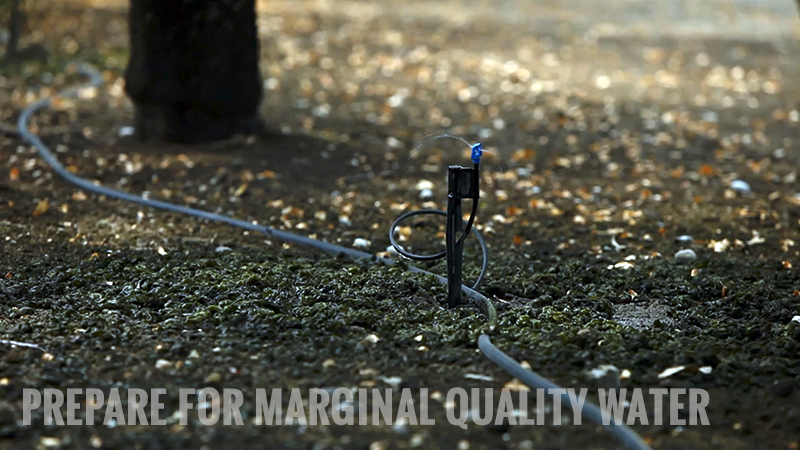What H-2A Workers Want You to Know
If you can’t tell by the cover of this month’s issue, our cover story is on labor. While it’s important for us to focus on this topic, I hate to say there isn’t much “new” to cover. Labor availability is still an issue.
While thinking of what “new” angle to take, I remembered the conversation I had with several H-2A workers while on location for Rod Farrow’s Apple Grower of the Year cover shoot last August. With the help of Jose Iniguez as translator (my Spanish is very rusty), I talked to them about their experiences coming to work.
I spoke with Bernardo Tobias Hernandes and Juan Manuel Virelrena. Tobias Hernandes has been working for LaMont Fruit Farm/Fish Creek Orchards since 1999 and Manuel Virelrana since 2002. Both are from the state of Tamaulipas in Mexico.
Here are a few things they’d like you to know about H-2A workers:
Residual Impact
It goes without saying the H-2A workforce came here to work and to save, but the effect can be more acute back in Mexico.
Tobias Hernandes says just in his hometown, the impact he and his fellow H-2A workers have on their local economy is around $1 million. He says most H-2A workers invest the money made back in their hometown.
When Manuel Virelena first became a part of the H-2A program, he didn’t have a house. It took him two years to build it.
“I came here to save every penny,” Manuel Virelrena says.
Tobias Hernandes agrees, saying that when he first came, “you only ride a bike because you can’t afford a car; now everybody has a pickup truck.”
“Security of knowing they have a job here,” Manuel Virelrena says is invaluable, though, for Manuel Virelena and his fellow workers, “They do an excellent job.”
Not Easy for Them At First
Coming to a new country is hard, especially when there’s a language barrier. Put yourself in their shoes, coming to a foreign country with a different language, and one that’s got its own nuances and slang.
“I didn’t know what to expect,” Tobias Hernandes says when he first came to the U.S. For most H-2A workers though, Tobias Hernandes says, “the different thing for them is the language.”
It’s not just the slang and nuances they struggle with. I was told H-2A workers struggle with learning English because the English classes in farming communities are often held in the evening, and after a long and hard day’s work in the orchard, it’s hard to want to spend a few more hours in the classroom.
In spite of all the things that make being an H-2A worker challenging, there are those who are glad to have the opportunity to work in the U.S.
“Feels like home now,” Tobias Hernandes says. “It’s a great program. It’s the only legal way to secure employment.”










